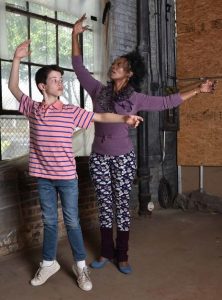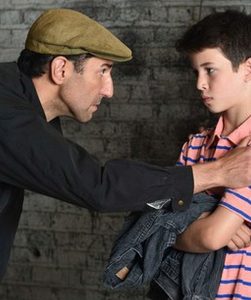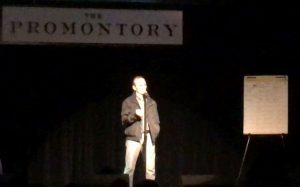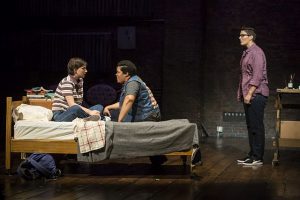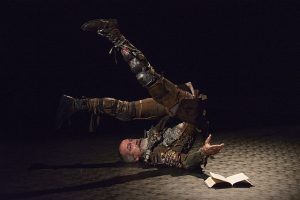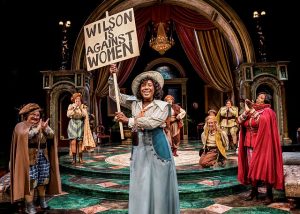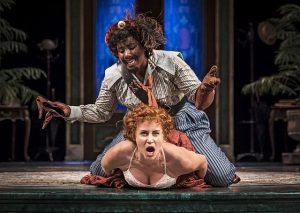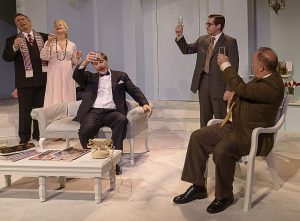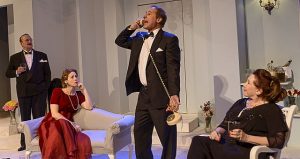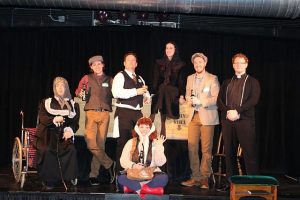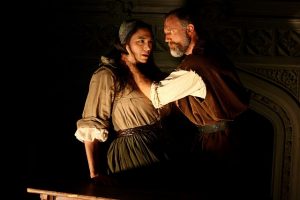So that in the coming weeks you don’t have to say “oops, I forgot” or “oh, I wish I had known,” here are some fun and interesting choices of what to do now through Nov. 5, 2017.

Short Story Theatre
Short story theatres are trending now in the Chicago area. (See StorySlam). Highwood, a tiny city between Highland Park and Lake Forest known for its restaurants, also hosts short story telling.
Its next time is Oct. 26 when the theme is Survival. Stories are likely to be about lost wives, geese, road trips or angels.
So come to Miramar Bistro at 301 Waukegan Ave. east of the North Line train tracks at 7:30 p.m. Or come earlier and eat there first. Just tell them when making a reservation that you are staying for the Short Story Theatre. Show tickets are $10 at the door, cash or check. Phone 847-433-1078.
Boo at the Chicago Botanic Garden
Hand-carved pumpkins line the paths Oct. 26-29 for Night of 10000 Jack-O-Lanterns. Tickets are date and time specific so get yours before you go to avoid disappointment. Times are from 6:30 to 10:30 p.m.
The Chicago Botanic Garden is at 1000 Lake Cook Rd., Glencoe, east of Edens Expressway. For tickets and other information call (847) 835-5440 or visit CBGHalloween.
Broadway in Chicago
At the Cadillac Palace Theatre, ‘Les Miserables, Cameron Mackintosh’s new production that is garnering rave reviews, closes Oct. 29. For tickets visit BroadwayinChicago.
Then, School of Rock’ an exuberant show with new songs by Andrew Lloyd Webber opens Nov. 1. For tickets and other information visit Broadway Rock.
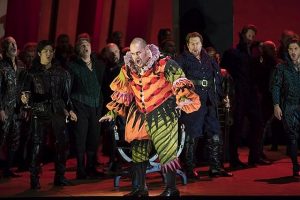
Verdi and Wagner
If you enjoy opera at its best know that Lyric Opera of Chicago has openings, closings and reviews similar to many downtown shows. Verdi’s ‘Rigoletto’ that also received rave reviews, has only three performances left: Oct. 26, Oct. 30 and Nov. 3. Wagner’s next Ring cycle opera, ‘Die Walküre,’ opens Nov. 1. For tickets and other information visit Lyric Opera.
Sip and Stroll Festival
Visit more than restaurants and other businesses in Lincoln Square for the semi-annual Ravenswood Wine Stroll. Nov. 2 from 6:30 to 9:30 p.m. Tickets are $45 and are for one of five different routes: three in Lincoln Square and two in Ravenswood. For tickets and route information see Lincoln Square Wine Stroll.
Really old and last century modern
Winnetka Community House’s famed Antiques + Modernism show runs Nov. 3-5 with an evening, first peek party Nov. 2. Because it’s a 60-year-old nationally known event, dealers bring their fine antiques and excellent mid-last-century modernism jewelry and furniture. For ticket and other information visit Winnetka Show.
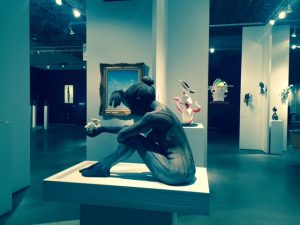
Jodie Jacobs photo
Where high-end art and superior design mix
Known as SOFA for bringing together Sculpture Objects Fine Art plus Design, the annual Chicago event is back at Navy Pier Nov. 2-5. Go upstairs to the Festival Hall to see what the international galleries say are trending now in the art world. For tickets and other information visit SOFA.
Jodie Jacobs

